In this article, I will explain step-by-step the process on how to usethe MetaMask wallet on cross-chain transfers. I will start by focusing on how to set up your wallet on cross-chain configurations and then on the safely trusted use of bridges.
By the end, you’ll have an understanding of how to transfer or move tokens while doing proper fund management and security.
What is a Cross-Chain Transfer?
A cross-chain transfer allows the movement of cryptocurrency as well as digital assets positioned on different blockchains.
A single blockchain functions uniformly and independently. Therefore, tokens lying on one chain cannot naturally communicate or interface with tokens lying on the other chains.
Cross-chain transfers addresses this issue through the use of blockchain bridges that lock or swap tokens on the source chain and release tokens that are equivalent on the destination chain.
This allows users access to decentralized applications (dApps), decentralized finance (DeFi) platforms, and other blockchain services covering multiple networks.
Cross-chain transfers enhance liquidity and usability of assets but require careful consideration to fees, network compatibility and security.
How To Using Metamask for Cross-Chain Transfers
Example: Using MetaMask with Multichain for Cross-Chain Transfers
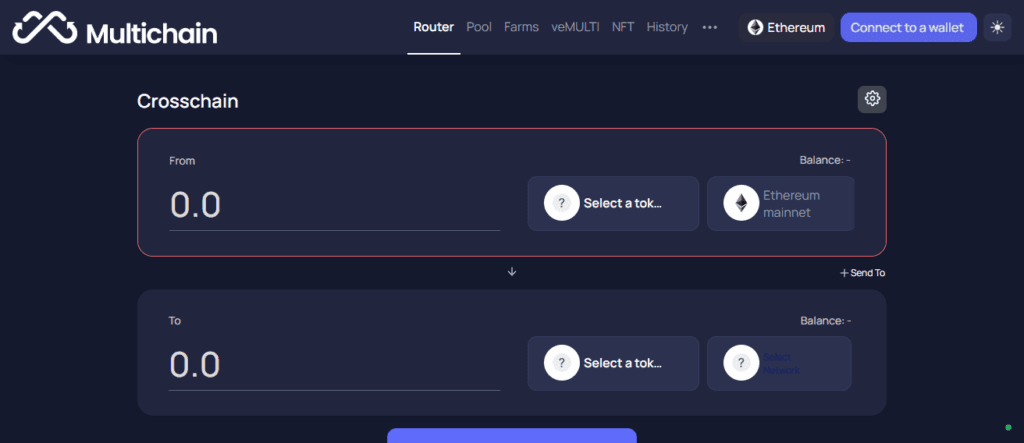
Step 1: Connect MetaMask to Multichain
- Visit the Multichain website.
- Select MetaMask as your wallet and click on Connect Wallet.
- Confirm the connection using your MetaMask wallet.
Step 2: Select Source and Destination Networks
- Select the current location of your tokens (e.g. Ethereum) as the source.
- Select the network where you wish the tokens to land (e.g. Binance Smart Chain) as the destination.
Step 3: Select Token and Amount
- Select the token to be sent.
- Fill in the designated field with the amount to be sent.
Step 4: Confirm the Transfer
- Check on the transfer details and the estimate fees.
- Confirm the transfer and the following transaction on MetaMask.
Step 5: Verify Transfer Completion
- Check your MetaMask wallet for the destination network to confirm the tokens.
- Allow some time for the transaction to be processed
Why Cross-Chain Transfers Matter

Cross-chain transfers enable the movement of various assets from one blockchain network to another, providing flexibility and new chances in the crypto world.
Users can use cross-chain transfer tokens to reach more dApps, DeFi networks, and liquidity pools that are not available on a single network.
This capability improves portfolio diversity, allows users to participate in more blockchain networks, and makes capital more efficient.
Moreover, cross-chain transfers aid in the more diffuse use of blockchain technology by interconnecting siloed networks.
This enables blockchain innovation and improves the use of digital assets across ecosystems, albeit with the necessary focus on security and costs.
How long Does a cross-chain transfer take?
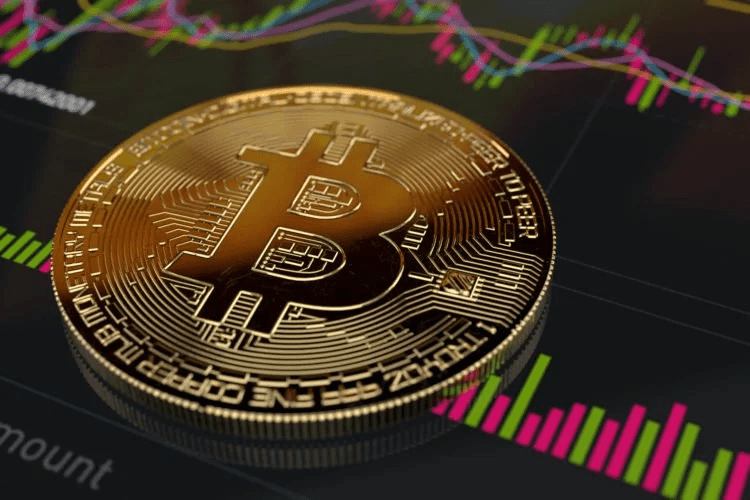
Completing a cross-chain transfer usually depends on the networks and the chosen bridge.
It generally takes between a few and thirty minutes but with heavy congestion, it could take even longer. Some other things that contribute to the transfer time include:
- Processing Time by the Bridge: Some Blockchains take longer to confirm transactions (e.g. Ethereum is slower than the Binance Smart Chain).
- Network Speed: Transfers that take fewer gas fees take longer to process.
While waiting, make sure to check the blockchain explorer to make sure your transfer is still in process.
Is it safe to use MetaMask for cross-chain transfers?
Yes, MetaMask is generally safe for cross-chain transfers, but it’s still important to use caution. MetaMask does give you full control over your private keys since it acts as a non-custodial wallet. Hence, only you can approve and sign transactions.
However, safety is still a matter of adhering to best practices, such as using reputable blockchain bridges, verifying token contracts and network addresses, and updating your MetaMask and browser regularly.
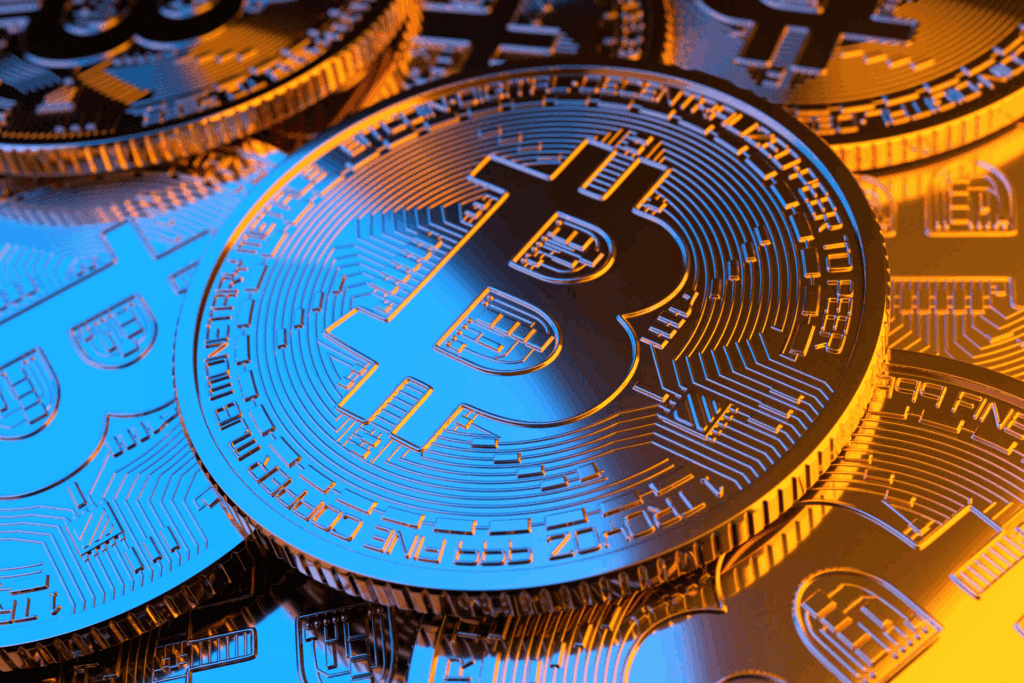
Avoid clicking on suspicious or unverified links, as phishing attacks are rampant. For greater safety, conduct small test transfers first to ascertain your proven network speed. By employing sufficient caution, MetaMask normally can be a secure resource for cross-chain asset management.
Pros And Cons Using MetaMask for Cross-Chain Transfers
Pros of Using MetaMask for Cross-Chain Transfers:
Multi-Network Support: MetaMask users can manage cross-chain assets in a single wallet, thanks to the addition of Ethereum, Binance Smart Chain, and Polygon and other supported blockchain networks.
Non-Custodial Control: Relies on third-party exchanges to move funds? Not anymore. With MetaMask, users have full control of their private keys and funds.
Integration with Bridges and dApps: With integrations to blockchain dApps and bridges, cross-chain transfers and DeFi can finally be simplified. With MetaMask, transfers no longer have to be complex.
User-Friendly Interface: With its intuitive and easy-to-navigate interface, even the most complex cross-chain transactions don’t have to be daunting for advanced users and beginners alike.
Secure Transaction Authorization: MetaMask ensures no outsider moves your assets without your permission and approval. All transfers are directly authorized within MetaMask.
Portfolio Managemen: Tracking different chains and multiple tokens is no longer a headache to MetaMask users.
Cons of MetaMask for Cross-Chain Transfers:
Reliance on Bridges: MetaMask itself cannot transfer tokens across chains; third party bridges need to be used which is an added risk.
High Fees: Cross-chain transfers cost gas fees on both source and destination networks which is expensive on the Ethereum network.
Beginners will Suffer the Most: Setting up multiple networks and adding custom RPCs and bridges makes things difficult for users who lack experience.
Phishing & Other Fraud: If MetaMask users exercise no precautions, they become victims of attacks and branded fake websites, and smart contracts designed to be harmful.
Congestion Can Slow Down Transfers: Overcrowded networks and delays on bridge confirmations can cause transfers to take longer than anticipated.
Lack of Support Tokens: A cross-chain transfer is limited by unsupported tokens which might not be available on a bridge or network.
You Lose Your Assets: If a user forgets the seed phrase or private key, the assets will be lost permanently. This must be carefully kept as a financial backup.
Conclusion
To sum up, MetaMask is a very useful software for cross-chain transfers, as it supports multiple networks, maintains control over assets in a secure environment, and fully supports the use of bridges and dApps.
While it is still a work in progress as it pertains to user care with fees, network alignment, and security, user safety and operational efficiency is guaranteed by best practices, helping users to tap into a plethora of blockchain networks and optimize the use of their digital assets.
FAQ
Yes, when connected to a blockchain bridge.
Yes, networks like BSC or Polygon must be added with RPC details.
Popular options include Multichain, Binance Bridge, and Wormhole.
Usually a few minutes, but can take up to 30 minutes depending on network congestion.
Yes, gas fees on the source network and bridge fees.





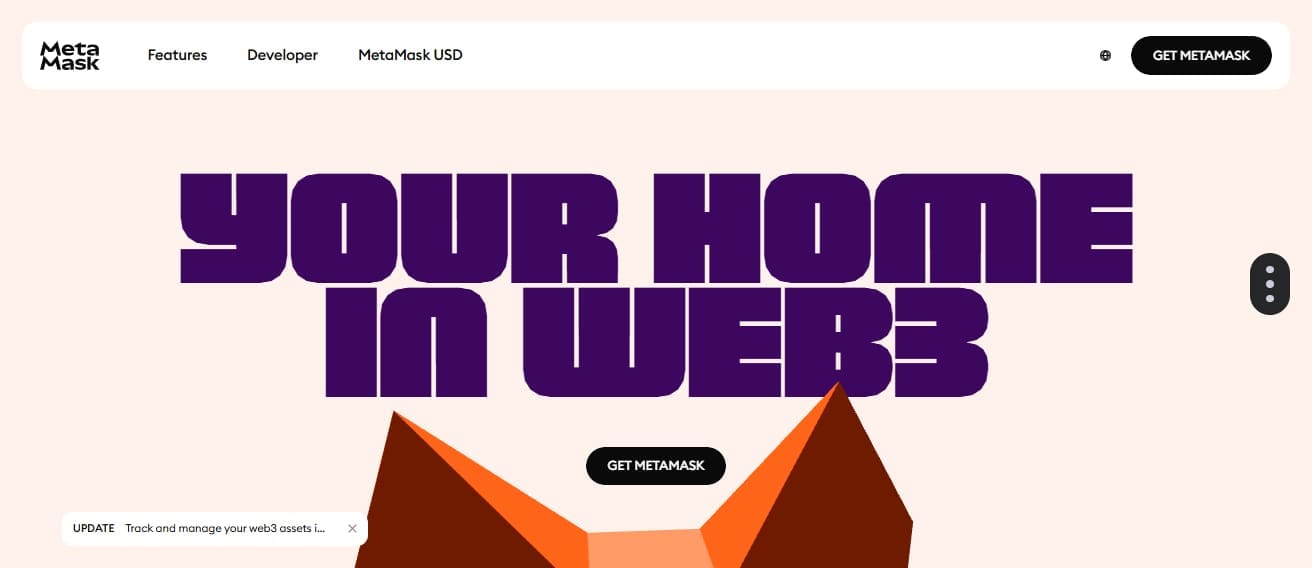





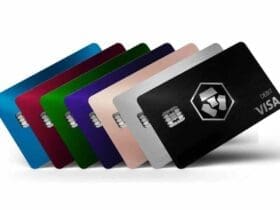
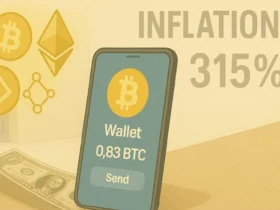

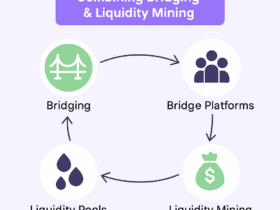
Leave a Reply